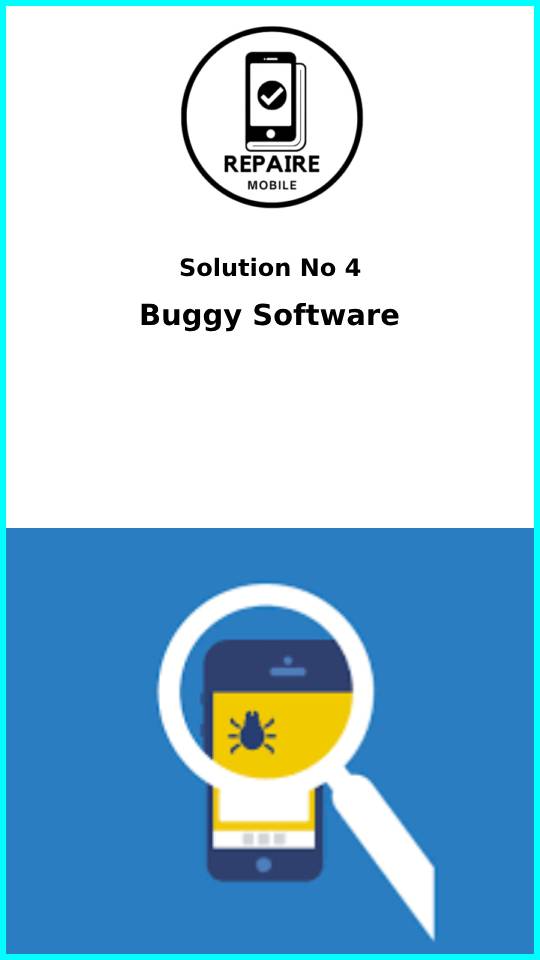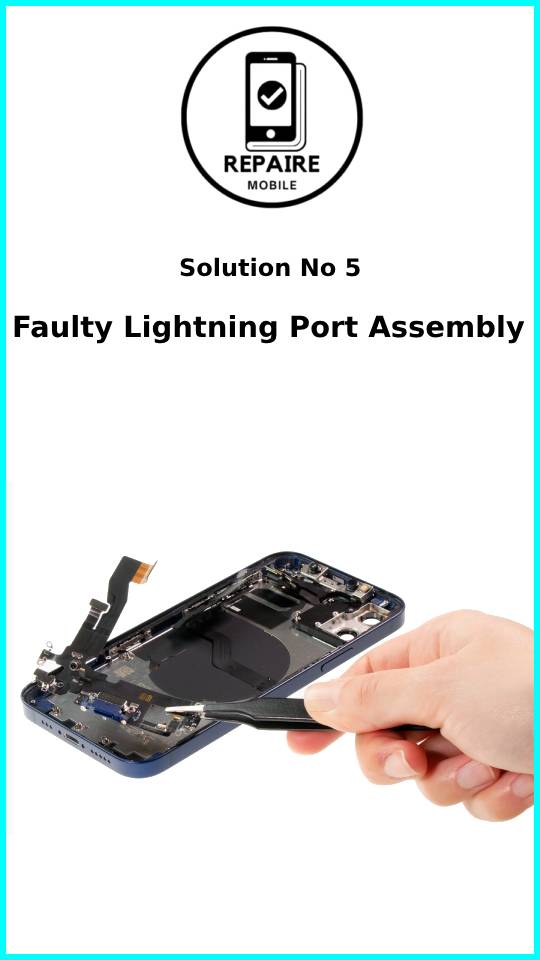Introduction
Your iPhone battery is almost dead, so you grab your charger and plug it in. But instead of hearing the usual sound or seeing the charging notification, you get a message saying charging is disabled because of liquid in the connector. Don’t worry, this problem is usually temporary and can be fixed by waiting. But if you don’t want to wait, keep reading.
The Basics
Before trying the more time-consuming fixes below, start with these simple steps:
- Try using a different charger or accessory. Sometimes the cable itself is the problem and might cause the error to show up.
- Restart your phone. This might clear the alert if it’s showing up by mistake or staying even though the port is dry.
- Don’t ignore the warning. Charging your phone with liquid in the port can cause serious damage, making it harder to repair and even prevent the phone from turning on.
Important!
Despite what many people think, rice doesn’t help dry out electronics. It can actually make things worse by getting stuck in small spaces like headphone jacks and charging ports. So skip the rice and stick to waiting.
Causes
1: Liquid on Lightning Cable or Accessory
- Remove your USB cable and verify it’s dry. Be crude and wipe it on the hem of your shirt if you need to. We won’t judge.
- Give the port a little while to evaporate out anything residual that may have transferred when you connected the cable. Even fifteen minutes can make all the difference.
- If you need to charge your phone during this time, use a wireless charger if your phone supports it. The circuitry for wireless charging does not connect directly to the physical port, so there is no danger of electrical damage.

2: Liquid in the Charging Port
It might seem obvious, but if the warning pops up unexpectedly and you can’t remember spilling anything, it’s easy to overlook.
- Let your phone dry. If possible, turn it off and allow time for the liquid to evaporate naturally. Be patient. You can speed this up a little by placing the phone somewhere warm with good airflow.
- Avoid using a cotton swab or anything else to try and absorb the liquid inside the port. This could damage the charging pins.
- Compressed air might seem like a good idea, but it could actually push the liquid deeper into the port instead of getting rid of it.

3: Debris in the Charging Port
Your phone detects liquid in the charging port by sensing changes in electrical resistance. Sometimes, even if there’s no liquid, debris can cause similar electrical issues, making your iPhone think there’s liquid in the port.
- Use a flashlight to carefully inspect the charging port. Lint or small bits of debris can get stuck and compressed over time. Check if the Lightning plug sits flush with the phone when plugged in—if not, there may be debris inside.
- If you spot debris, use a toothpick or another non-conductive tool to gently clear it out. Insert the tool straight into the port and carefully remove any buildup. Be cautious around the charging pins.
- If the toothpick is too big, you can split the tip with a knife. A smaller, thinner piece should help you reach deeper into the port.

4: Buggy Software
Sometimes the liquid alert might appear, or refuse to go away, because of a software bug.
- Check for any software updates and install them. Apple may have fixed the bug in a newer iOS version.
- If the issue persists, consider doing a full restore on your phone. It’s best to do this using a Mac or a computer with iTunes, so the operating system is reinstalled from a fresh copy.

5: Faulty Lightning Port Assembly
If the port is dry and free of debris, the problem might be a faulty charging port or internal component. Since the port is near the edge of the device, it can still get exposed to moisture, even with water resistance.
- Open your device and inspect the Lightning port assembly for signs of damage or liquid entry. Look for things like calcification or rust.
- If you find damage or nothing else has worked, you may need to replace the charging port assembly. Make sure to buy a high-quality replacement part, as cheap alternatives can cause more problems.
- Always buy phone cables and parts from trusted sources to avoid low-quality products that could lead to further issues.

